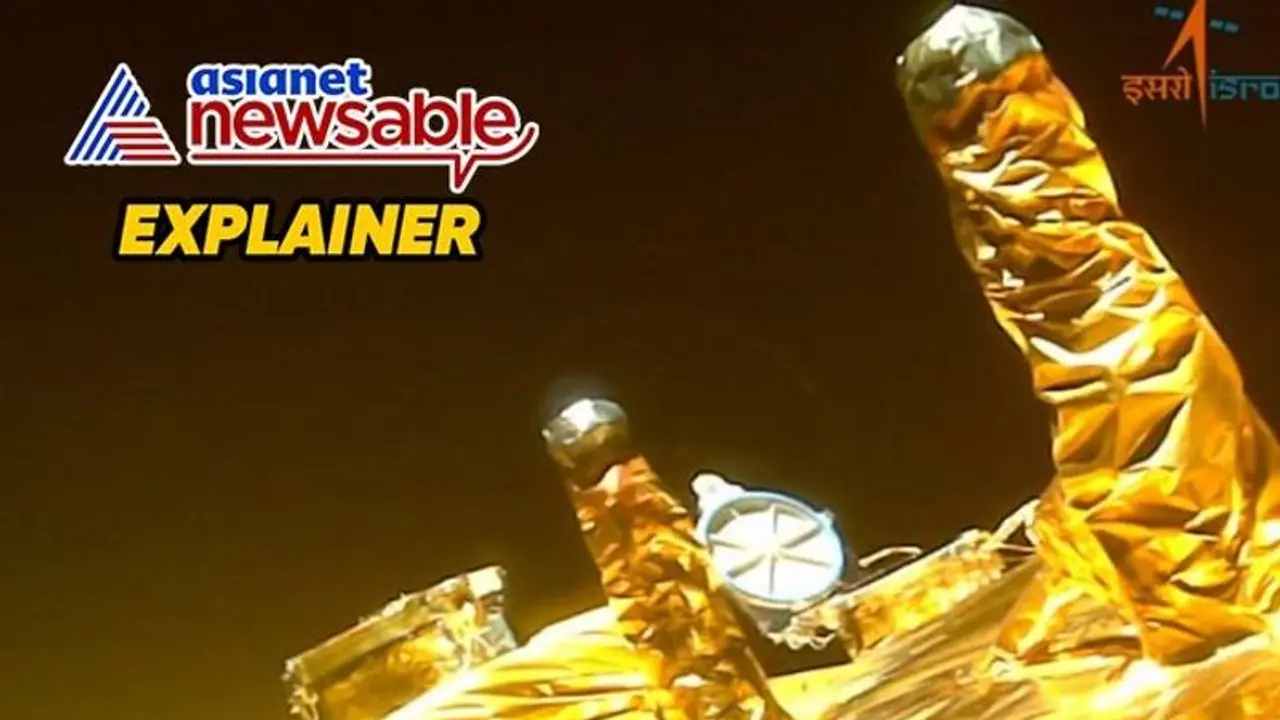ISRO has achieved a significant milestone in its Aditya L-1 mission, dedicated to studying the Sun's secrets and its impact on space weather dynamics. The Solar Ultraviolet Imaging Telescope (SUIT) on Aditya L-1 successfully operated its shutter, capturing the Sun's complete disk in the 200-400 nm wavelength range. Girish Linganna explains
The Indian Space Research Organisation, on December 11), shared images demonstrating the Solar Ultraviolet Imaging Telescope (SUIT) on Aditya L-1 --India’s maiden mission to study the Sun’s secrets and reveal details of the Sun’s influence on space weather dynamics -- successfully operating its shutter. This device has now managed to capture the Sun's complete disk in the 200-400 nm wavelength, marking a significant achievement.

On November 20, 2023, the SUIT payload was activated. After a smooth pre-commissioning phase, on December 5, the video -- recorded with an onboard camera -- displays the SUIT probe’s aperture opening and closing. This action allows solar radiation to enter the payload and reach the thermal filters. On December 6, the telescope snapped its inaugural science images. These remarkable pictures, captured through 11 filters, feature the Sun’s complete disk in wavelengths spanning from 200 to 400 nm, except for Ca II h.
Other observatories have previously examined full-disk Sun images in the Ca II h wavelength.
The Ca II h wavelength is significant in solar observations as it provides specific information about calcium ionization in the Sun’s outer atmosphere. Calcium ionization is a process in which calcium atoms lose electrons and become positively charged ions. In the context of solar observations, studying calcium ionization, particularly in the Ca II h wavelength, provides insights into the Sun’s outer layers and helps scientists analyse dynamic processes and magnetic activity in its atmosphere.
Protecting Mirrors & Detector
Manish Purohit, a former ISRO scientist, mentioned that, if all the Sun’s radiation entered the optical cavity, it would lead to overheating and damage to the mirrors and detector. To avoid this, a metal-dielectric thermal filter is used, reflecting most solar flux below 200 nm and above 400 nm. Only 1% of the flux in this range is allowed into SUIT’s main optical chamber.
The metal-dielectric thermal filter is coated with specific materials to optimize its reflectivity for wavelengths below 200 nm and above 400 nm. These coatings help enhance its reflective properties and effectively limit transmission to only 1%. A specific range of wavelengths below 200 nm and above 400 nm may contain undesirable, or irrelevant, information for measurements or observations made by the SUIT.
Purohit provided a detailed explanation of how they utilize two filter wheels with unique filters to ensure a balanced distribution of flux on the detector across different frequency bands. He explained that two sets of filters on separate wheels are used to balance the flux on the detector across different frequency bands.
Each filter wheel can be operated independently to achieve the desired combination. To achieve the desired signal-to-noise ratio, the exposure is controlled using a mechanism, called a ‘shutter’ with different filter combinations.
Metal Dielectric Filter Coatings
For wavelengths below 200 nm, which correspond to the ultraviolet (UV) range, a common coating material used in metal-dielectric filters is magnesium fluoride (MgF2) or lithium fluoride (LiF). These materials have a high refractive index and low absorption in the UV range, making them suitable for reflecting or transmitting UV light.
For wavelengths above 400 nm, which correspond to the visible and near-infrared range, a commonly used coating material is silicon dioxide (SiO2), or a combination of SiO2 and aluminium. These materials have a high transparency in the visible and near-infrared spectrum, which allows for the transmission of light in this range while reflecting or blocking other unwanted wavelengths.
Specific coatings and materials used can vary depending on the instrument’s requirements, such as the desired transmission or reflection properties, the specific application and the quality of the coatings available.
The Aditya-L1 spacecraft launched on September 2 from India’s Sriharikota spaceport for a four-month trip to reach the L-1 orbit, located about 1 million miles (15 lakh kilometres) away from Earth. In this position, the probe can consistently observe the Sun and maintain stability with minimal fuel usage and only a few orbital adjustments.
The author of this article is a Defence, Aerospace & Political Analyst based in Bengaluru.
Explained: How Aditya L-1 'SUIT'ed up to unlock secrets of the Sun
